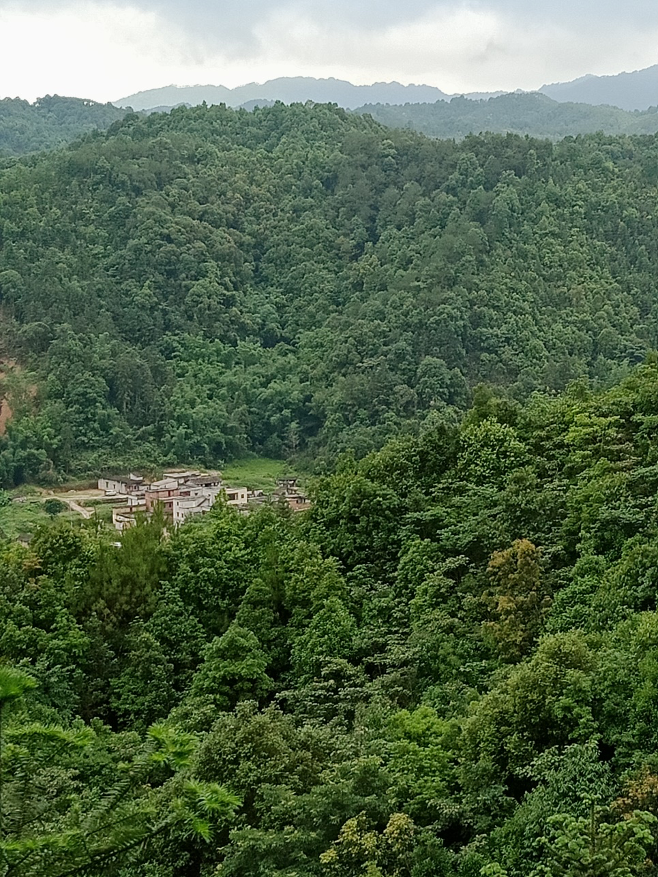Shunchang, a state-owned forest farm located in China’s southeast, recently becomes the first forest farm in China to adopt the Forest Stewardship Council’s Ecosystem Services Procedure to verify its positive impacts on the environment. With the help of this new procedure, this plantation forest, the size of 23,000 football fields, has been able to make its impacts on watersheds, carbon and biodiversity both visible and quantifiable.

Forest ecosystem services need to be valued
In recent years, greater emphasis has been placed on the value created by ecosystems. The ecosystem services provided by forests provide us with clean water, richer soil, greater biodiversity, and the potential for revenues from tourism. They also play a critical role in tackling climate change. Given the current global climate emergency, it more important than ever to preserve this value.
At a recent seminar, Ma Lichao, the China Director of the Forest Stewardship Council (FSC) commented, “The question of how to scientifically monitor the value of ecosystem services provided by forests has posed a challenge for a long time. At the same time, it is very important for both the public and the market to see this value.” Mr Ma continued, saying, “FSC launched its Ecosystem Services Procedure in 2018. Over the past two years, this procedure has helped solve this challenge, becoming a valuable resource for allowing responsible forest managers to receive acknowledgement from the market.”
Making “eco value” quantifiable and more visible
The Shunchang forest farm first gained a connection with FSC in 2009, obtaining its first Forest Management (FM) certificate in 2010. The farm has been an FSC certificate holder ever since. The 23,100-ha forest farm now has 16,300ha of forest with verified positive impacts on biodiversity, carbon and watersheds.
Use of the FSC Ecosystem Services Procedure has revealed that in 2018, the farm’s carbon stock had increased by 426,294.9 tonnes of CO2 compared to 2009 – equivalent to the annual emissions of around 160,000 cars. The average carbon stock per unit of area also increased by 30.1 tonnes of CO2, an increase rate of 16.3%. Meanwhile, the forest stands have grown closer to natural forest over the past ten years, highlighting the fact that natural succession is helpful in restoring biodiversity. The water purity of the farm’s watershed is also significantly higher than that of nearby non-certified land.
An early adopter, an inspiration for business
The FSC Ecosystem Services Procedure consists of seven steps. Each step helps FSC forest managers identify the positive impacts of their forest practices on ecosystem services. Once an independent certification body has evaluated the process, each verified impact produces an “ecosystem service claim.” Forest managers and their sponsors can then use these claims for promotion and communication purposes.
Shunchang, as the first adopter of the procedure in the China market, had its verification approved on 16 December 2020. Since then, this new monitoring tool has attracted numerous stakeholders and organisations who want to witness these positive impacts in the field and communicate them to their own stakeholders.
“We have benefited a great deal by adopting the FSC forest management philosophy,” says Mr Zhao Gangyuan, the manager of Shunchang, in a recent interview, “the quality of our management team has improved significantly through these practices, and our economic benefits also increased.”
